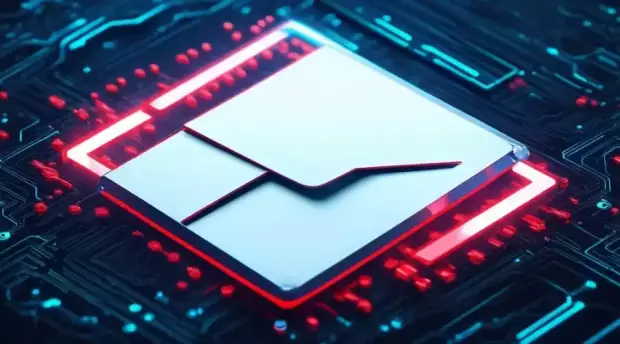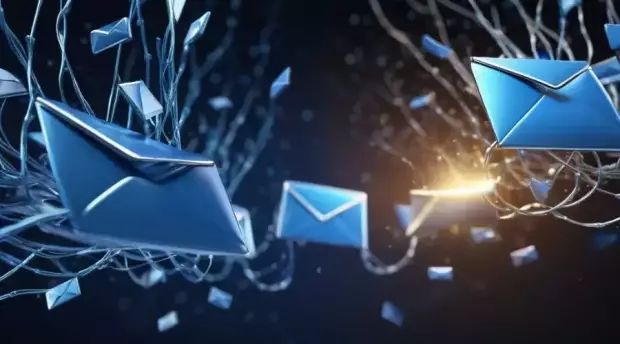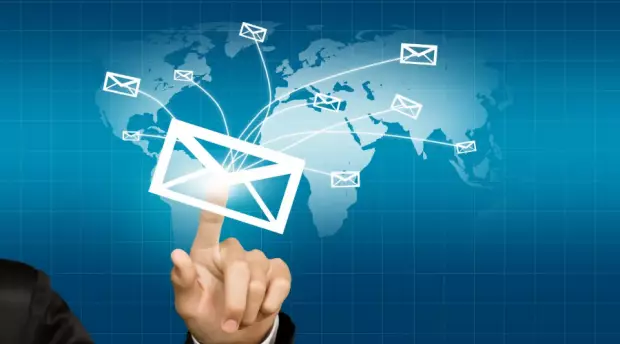11 Tips to Keep Email Out of The Spam Folder

1. Newsletter Subject Line Edit carefully your email newsletter subject line. This is one of the most sensitive areas. Watch out what you do here. Some no-nos are words in all caps, the word free, lots of white spaces, name or email of recipients, the use of a date. But there is a lot more. The best way to avoid any risk is to have a professional title that doesn't use any catchy words.
1. Subject Line Capitalization Capitalizing word initials or worst, whole words inside an email newsletter subject line is sure to get you in some trouble. Avoid capitalization at all costs and you should have no problems with spam filters.
1. Spam-like Content Avoid utilizing phrases that may appear as spam-like to email spam filters. Sentences like "Click here!" or "Once in a lifetime opportunity!" or simply exaggerating with too many exclamation points!!!!!! can hit the sensitive triggers of many of the popular email spam filters.
1. Text-Based Is Better Make it look like text. Email newsletters are generally of one of two kinds. Text-based and HTML-based. If you want to increase the spam safety and accessibility of your newsletter text-based is the safest solution. Even if you choose to go the HTML route, make sure you format and layout your newsletter content "to make it look like" it was in fact a text-based one. Also: Do not send your HTML-based newsletter without a text-delivery option. If your email newsletter is in HTML and it doesn't automatically switch to text-format for those readers who can't receive HTML, it will get filtered out.
1. Attachments Don't send attachments. Attachments often carry viruses. In defense, they are frequently filtered out proactively. Even if an attachment gets through to your readers, it is a burden to expect them to run it through a virus protection program.
1. Color Use Avoid playing with colored text to get your message across. This is a bad practice from all standpoints as, unless you change background, black remains the most legible color on your screen. Red emphasis is highly connotated with tricky marketing schemes and spam email and also other colors like green or blue should be avoided at all costs. If you want to really hit the nerves of major spam filters change the color of your email background and you are in for "national disappearance day".
1. Newsletter File Size Put some real meat inside your newsletters. The file size of your email newsletter does matter to anti-spam filters. Keep message size between 20K and 50K. This is because the majority of spam emails weight-in most of the time at less than 20K.
1. Bad HTML Code Make sure you are not creating your newsletter by utilizing bad HTML code generated by popular tools such as Microsoft Word. If you create your newsletter in Microsoft Word to then save it as HTML you should be aware that the code generated by MS Word and other tools may be very "unorthodox" and this is one thing that email spam filters really do not like.
1. Use of Trigger Words Do not use spam trigger words. Experts say that you should strongly avoid using evident spam-trigger words such as "free" inside your email newsletter. Using such spam-trigger words in combination with other trigger words such as "trial", "quote", "sample", "access" can really make your newsletter inaccessible to most anyone who uses a spam filter of some kind.
1. Images Do not use images inside your newsletter in place of the text. Some publishers may choose to use a large image to display the contents of the whole newsletter as it may contain lots of visuals and graphics. While the intent is laudable the results may often be nothing to tell your friends about. Avoid using large images like wildfire and stay as text-based and humble of image use as possible.
1. Removal Make sure that your newsletter always includes an easy means for your subscribers to easily remove themselves from your distribution list.



